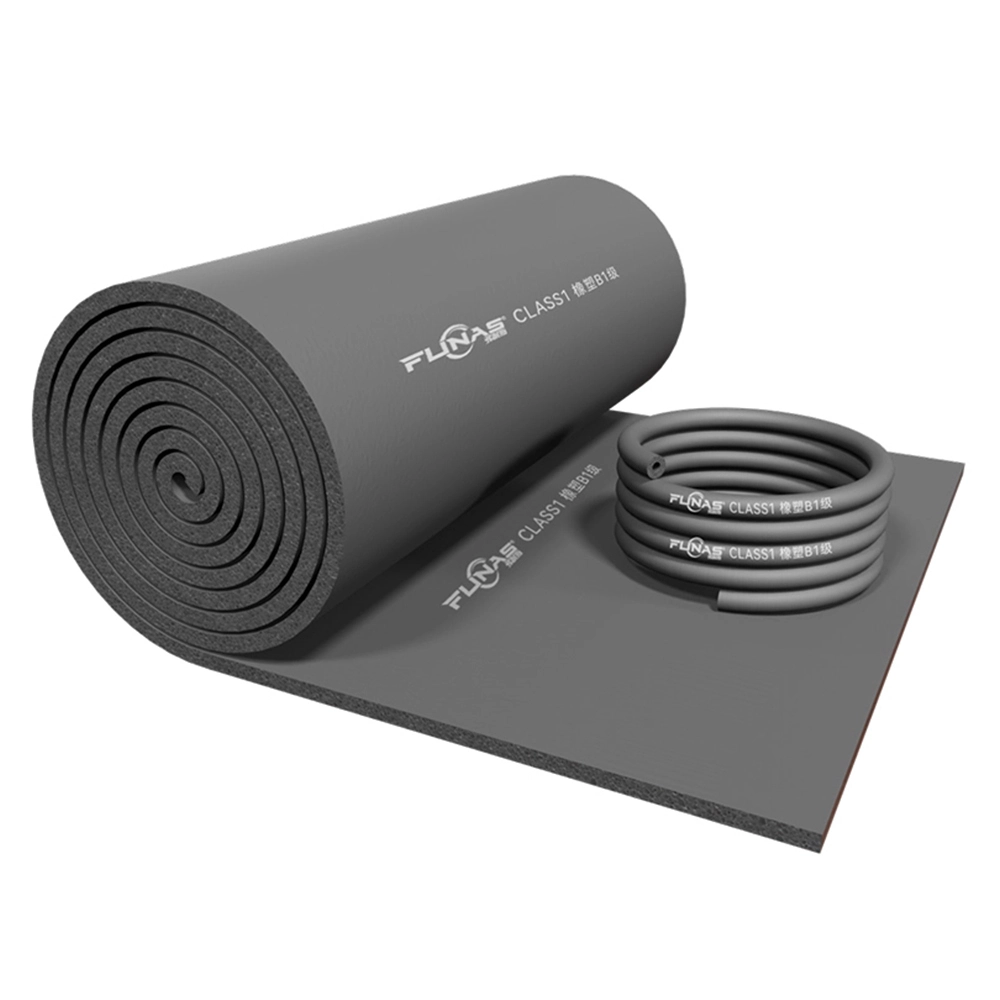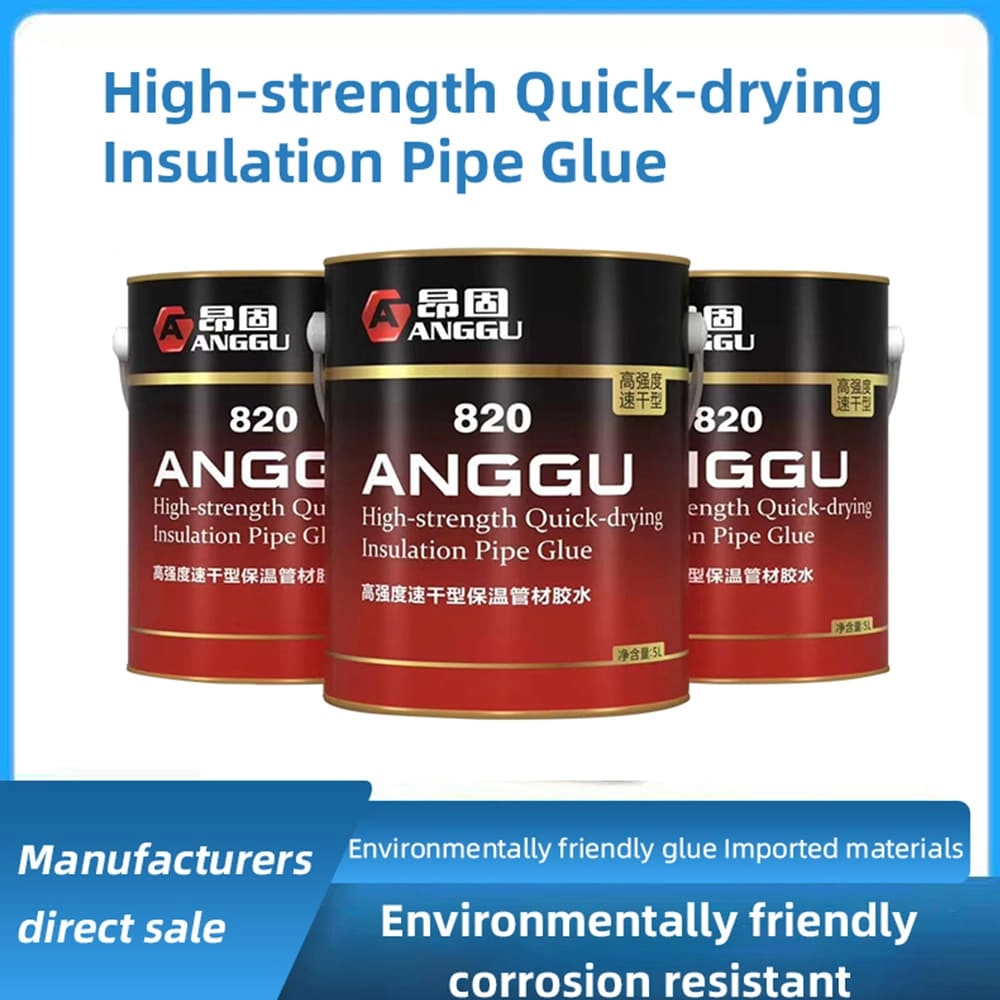Which synthetic rubber (EPDM, neoprene, silicone) is best for heat-resistant insulation? | Insights by FUNAS
Explore the heat resistance properties of EPDM, Neoprene, and Silicone rubbers to determine the best choice for thermal insulation applications.
- Comparing EPDM, Neoprene, and Silicone for Heat-Resistant Insulation
- 1. What are the heat resistance capabilities of EPDM, Neoprene, and Silicone?
- 2. How do these materials perform under extreme temperatures?
- 3. What are the chemical resistance properties of these rubbers?
- 4. How do these materials perform in electrical insulation applications?
- 5. What are the cost considerations for each material?
- 6. What are the environmental resistance properties of these rubbers?
- 7. How do these materials perform in sealing applications?
- 8. What are the limitations of each material?
- Conclusion
- About FUNAS
Comparing EPDM, Neoprene, and Silicone for Heat-Resistant Insulation
When selecting materials for heat-resistant insulation, it's crucial to understand the thermal properties of various synthetic rubbers. This article delves into the heat resistance capabilities of Ethylene Propylene Diene Monomer (EPDM), Neoprene, and Silicone rubbers, providing insights to guide your procurement decisions.
1. What are the heat resistance capabilities of EPDM, Neoprene, and Silicone?
EPDM: Withstands temperatures from approximately -50°C to 150°C (-58°F to 302°F).
Neoprene: Suitable for temperatures up to 95°C (203°F).
Silicone: Resists temperatures ranging from -100°C to 315°C (-148°F to 599°F).
2. How do these materials perform under extreme temperatures?
EPDM: Maintains flexibility and strength up to 150°C (302°F).
Neoprene: Remains flexible up to 95°C (203°F); beyond this, it may degrade.
Silicone: Retains flexibility and mechanical properties even at temperatures as low as -60°C (-76°F) and up to 315°C (599°F).
3. What are the chemical resistance properties of these rubbers?
EPDM: Resistant to acids, alkalis, and ozone but not suitable for petroleum-based oils.
Neoprene: Offers good resistance to oils and fuels but is less resistant to acids and alkalis.
Silicone: Generally inert and non-reactive, making it suitable for applications requiring chemical stability.
4. How do these materials perform in electrical insulation applications?
EPDM: Provides excellent electrical insulation properties.
Neoprene: Offers good electrical insulation but is less effective than EPDM.
Silicone: Also provides excellent electrical insulation properties.
5. What are the cost considerations for each material?
EPDM: Generally more cost-effective, making it suitable for applications where budget is a concern.
Neoprene: Moderately priced; offers a balance between performance and cost.
Silicone: Typically more expensive due to superior performance, especially at extreme temperatures.
6. What are the environmental resistance properties of these rubbers?
EPDM: Excellent resistance to weathering, ozone, and UV exposure, making it ideal for outdoor applications.
Neoprene: Good resistance to weathering and ozone but less effective than EPDM.
Silicone: Superior resistance to UV, ozone, and weathering, suitable for harsh environmental conditions.
7. How do these materials perform in sealing applications?
EPDM: Offers excellent sealing properties, especially in outdoor and automotive applications.
Neoprene: Provides good sealing capabilities but may degrade under prolonged exposure to high temperatures.
Silicone: Maintains sealing properties over a wide temperature range, making it suitable for demanding sealing applications.
8. What are the limitations of each material?
EPDM: Not suitable for applications involving petroleum-based oils and fuels.
Neoprene: Less effective in high-temperature environments and may degrade over time.
Silicone: Higher cost and may not be suitable for applications requiring high mechanical strength.
Conclusion
When selecting a material for heat-resistant insulation, consider the specific requirements of your application, including temperature range, chemical exposure, electrical insulation needs, environmental conditions, sealing requirements, and budget constraints. Silicone rubber offers superior heat resistance and environmental stability, making it ideal for extreme conditions. EPDM provides a cost-effective solution with good heat resistance and environmental durability, suitable for many applications. Neoprene offers moderate heat resistance and is suitable for applications where oil resistance is a priority. Evaluate these factors to choose the most appropriate material for your needs.
About FUNAS
FUNAS specializes in providing high-quality thermal insulation materials tailored to meet diverse industrial requirements. With a commitment to excellence, FUNAS offers a range of products designed for optimal performance in various applications. Our expertise ensures that clients receive reliable and efficient solutions for their insulation needs.

The Ultimate Guide to Glass Wool Insulation 2026

Top 10 Foam Rubber Sheet Manufacturers for Insulation & More

Top 14 Rock Wool Panel Brands: Expert Guide for 2026

Top 10 Insulation Adhesives for Heat & Soundproofing 2026
service
How does your technical support work?
Our technical support team is available to guide you through every stage of your project—from product selection and design to installation. We provide expert consultation to ensure that you get the best insulation solution for your needs and can assist with troubleshooting if needed.
What types of rubber foam insulation products do you offer?
We offer a wide range of rubber foam insulation products, including custom shapes and sizes, thermal and acoustic insulation solutions, and options with specialized coatings such as flame retardancy and water resistance. Our products are suitable for applications in HVAC, automotive, construction, and more.
Can I request custom dimensions or properties for my insulation needs?
Yes, we specialize in custom solutions. Whether you need specific dimensions, thicknesses, densities, or additional coatings, we can work with you to manufacture insulation products tailored to your exact requirements of good materials for heat insulation.
FAQ
Can your insulation products be customized?
Yes, we offer customized solutions for insulation material wholesale to meet the specifications of your project, including custom specifications, sizes, foils and adhesives, colors, etc.
You might also like

Environmentally friendly self spraying adhesive
This product has passed the national GB33372-2020 standard and GB18583-2008 standard. This product is a yellow liquid.
Anggu spray glue is a product with high cost performance and a wide application range. It is mainly used for home construction, engineering construction, and various construction defect repair places. This product is low odor, no formaldehyde, spray-convenient glue, table drying speed, long bonding time, no chalking.

138°High-temperature universal adhesive
This product has passed the EU REACH non-toxic standard and ROHS non-toxic standard. (This product is a yellow liquid).
Anggu 138°high temperature universal glue is a high-end product, with high viscosity, slow drying, curing of the adhesive layer, and a maximum resistance to continuous temperature of 138℃.

wholesale black nitrile rubber foam sheet rubber NBR foam sheet rubber foam insulation sheet for hvac system
NBR and PVC are the main raw materials, which are softthermal insulation and energy-saving materials foamedthrough special processes.

Rubber Plastic insulation Material Glue
Leave a message
Have any questions or concerns about our products? Please leave us a message here and our team will get back to you promptly.
Your queries, ideas, and collaboration opportunities are just a click away. Let’s start a conversation.


















































